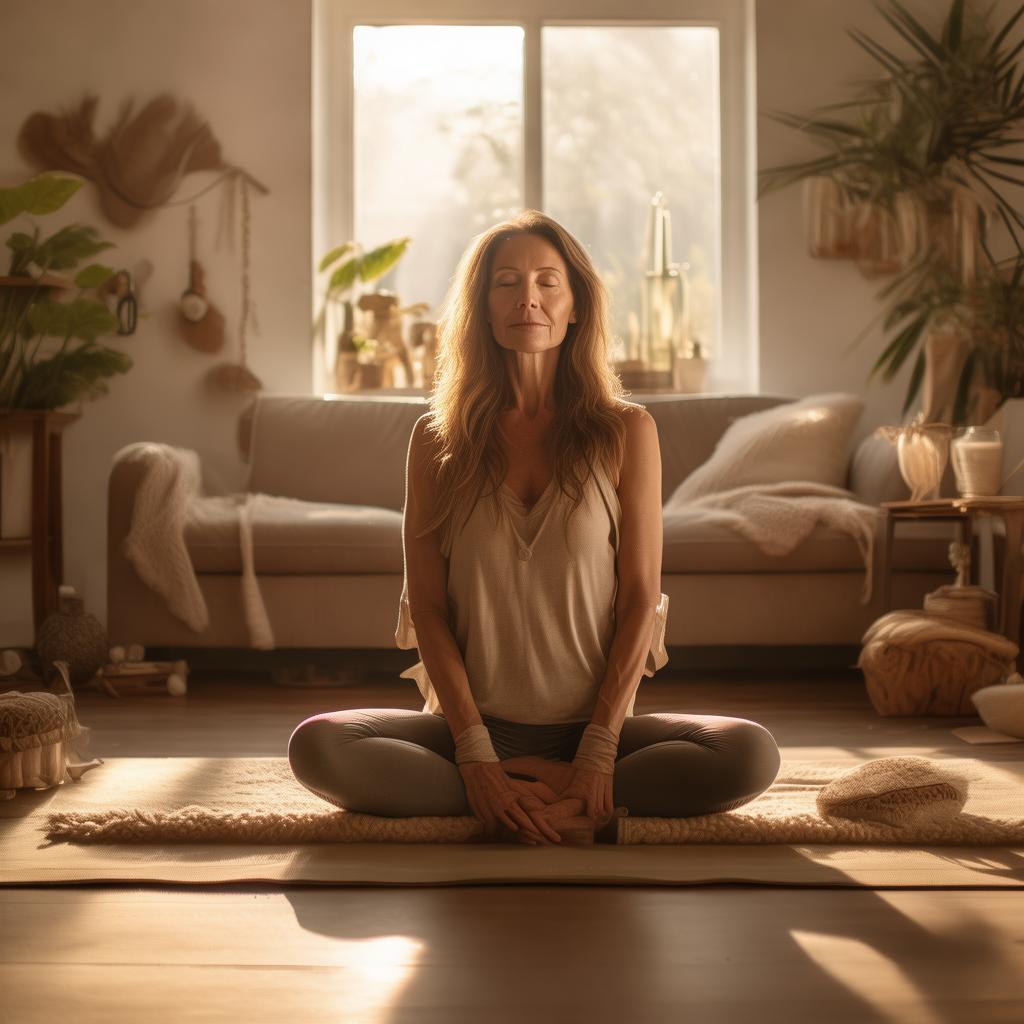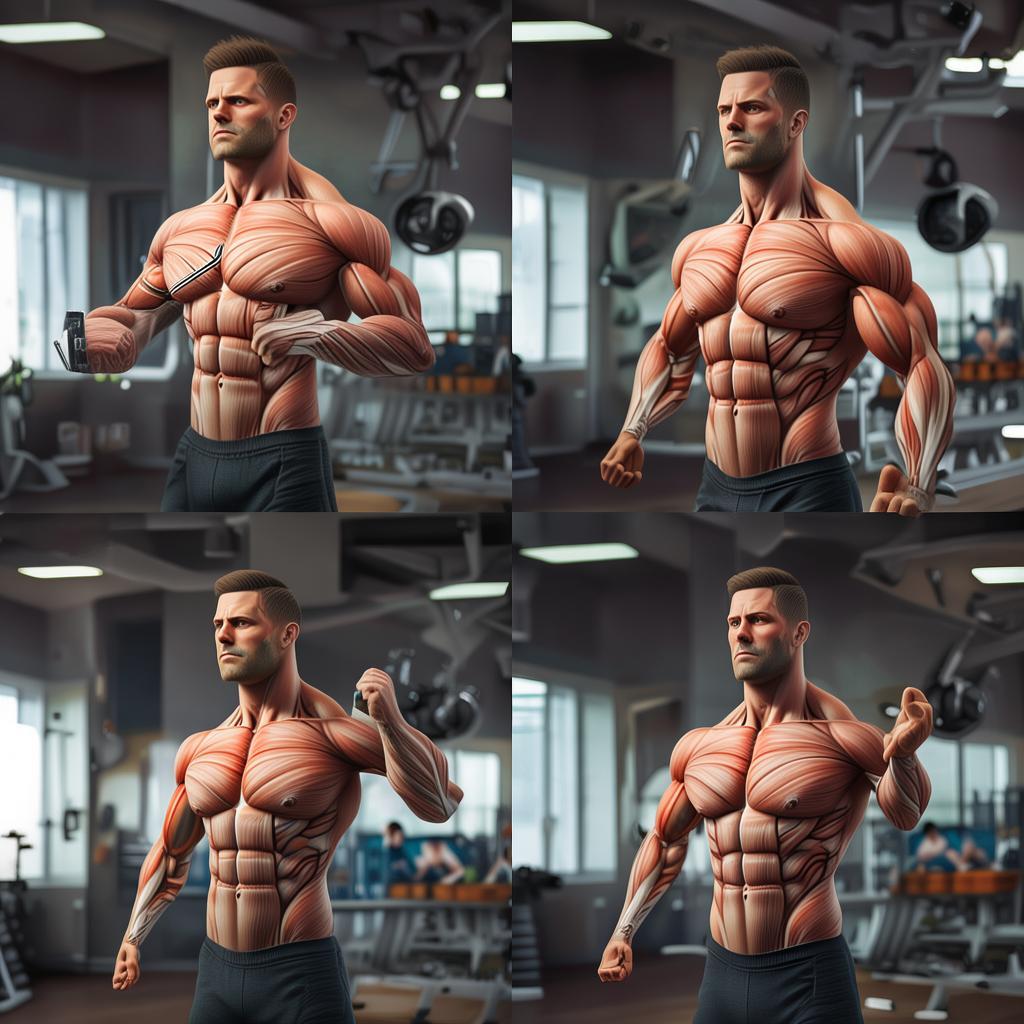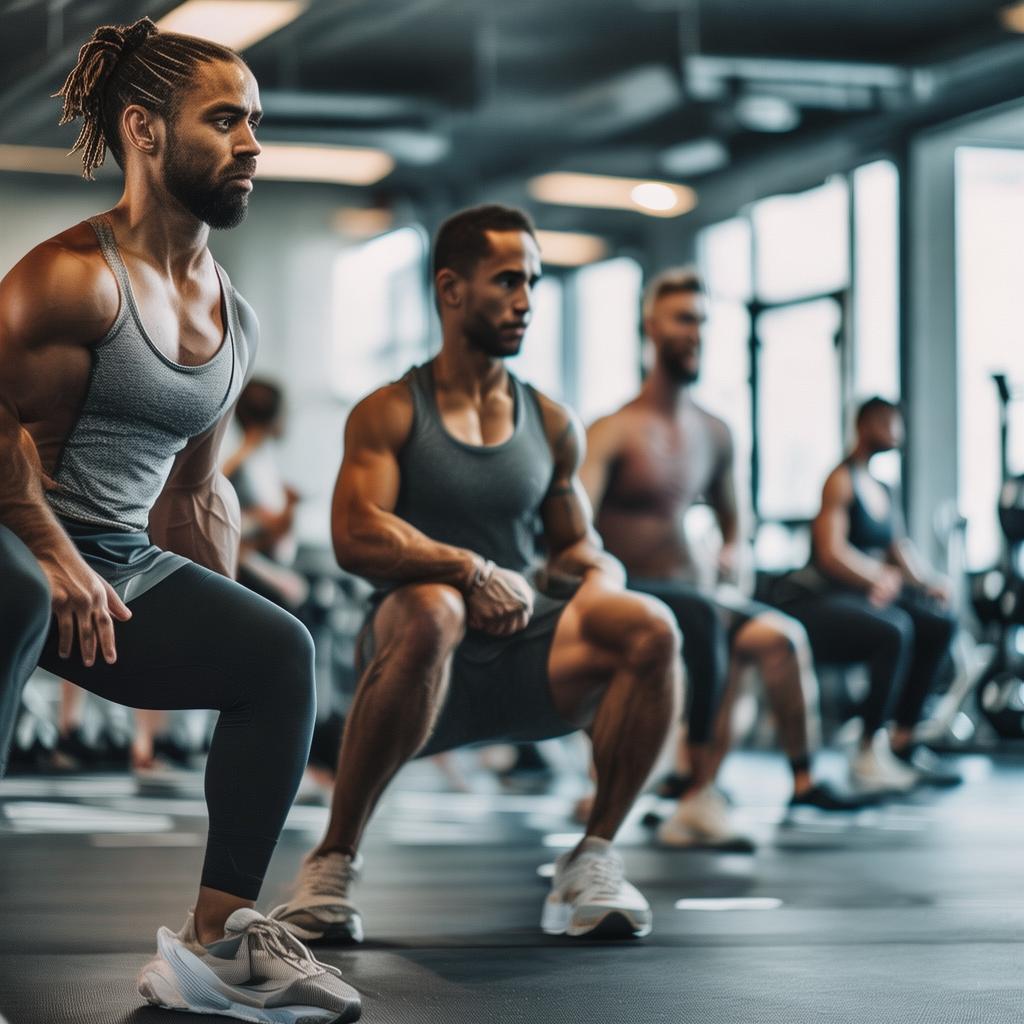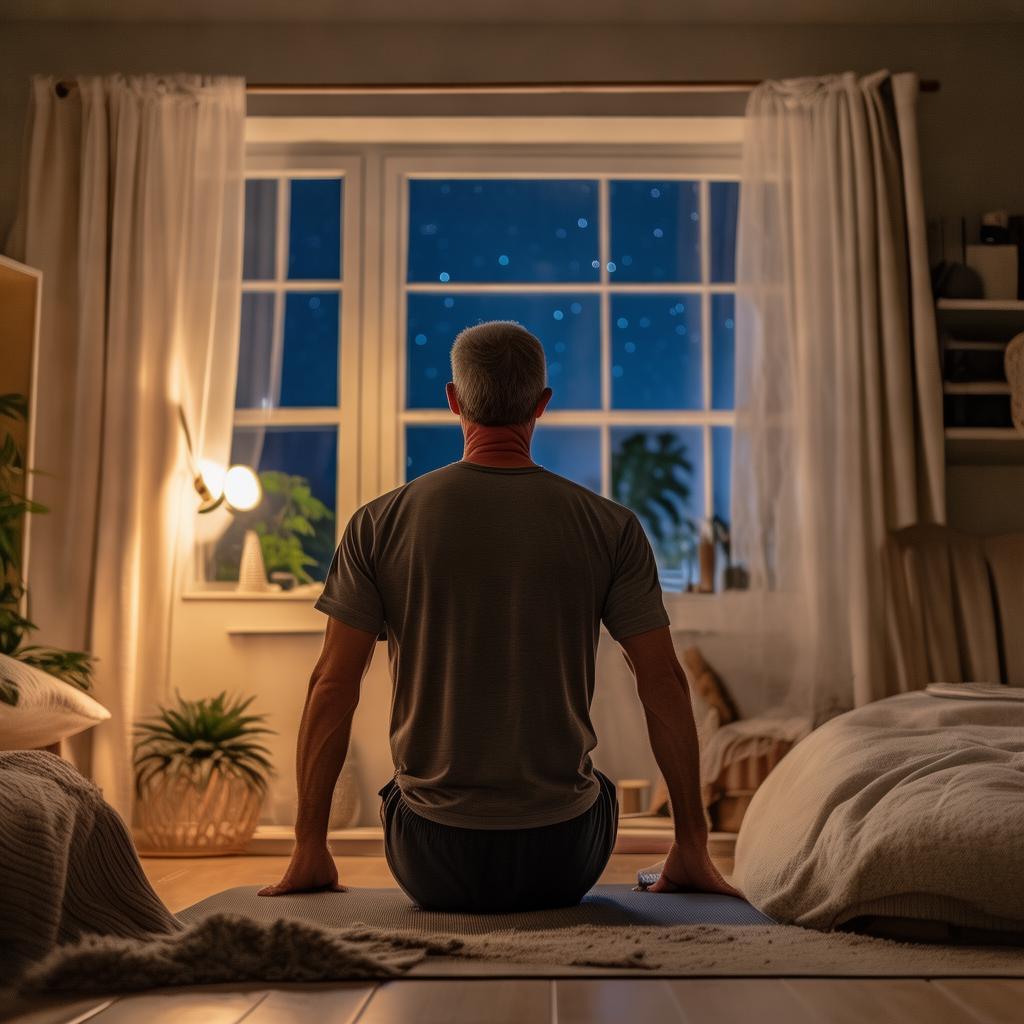Discover the Power of Restorative Yoga for Deep Relaxation
On February 17, 2025, a new concept – “Restorative Yoga” – has emerged as a powerful solution for stress and muscle tension. The “degeneration of rest and digestion” refers to the impaired ability of blood to return from the extremities to the digestive and reproductive organs. Over time, this can lead to a slow – down of heart rhythm and breathing, and may even affect the immune system. Restorative yoga is one of the yoga modalities that can activate the resting and digestive response, also known as the parasympathetic nervous system.
This type of yoga is unique in that the body is fully supported by external props like bricks, mats, blankets, chairs, and sandbags. Its gentle nature makes it suitable for any body alignment. With the body supported, it enables holding a relaxation position for a longer time to achieve true deep relaxation. Relaxation is as crucial to the body as daily meals, yet achieving complete relaxation in one part is quite difficult. We’ll explore the importance of relaxation in a later article.
When in a passive pose instead of an active one, the body can more easily achieve a soft and supple state. However, many of us don’t have access to a full range of professional aids. But don’t worry! Today, we’ll guide you through restorative yoga at home using just a few towels, a wall, and a bed.
7 Propless Restorative Exercises
1. Supine bound angle pose
At home, try rolling a blanket into a square rather than a cylinder. If the blanket is thin, place a towel on it and then roll them together to increase the thickness. Sit directly in front of the blanket, positioning it on the outside of your thighs to support your knees and hips. Slowly lie down and place a rolled – up towel or a light pillow under your head. Bend your knees so that your feet touch and let your legs spread gently. If the inner thighs are too tight, place two pre – prepared blankets on the outer thighs. Open your arms and scan your body to ensure every part is in contact with the ground. In restorative exercises, we seek passive openness, which is essential for tense individuals to calm down. Stay in this pose for at least 7 minutes.
2. Supported bridge position
The supported bridge pose involves gentle bending, which opens the chest, providing more lung space and enabling deeper breathing. Under stress, breathing is often fast and short, while relaxation brings slower breathing. If you can straighten your legs comfortably, it will also mildly open your hip flexors. But if you have lower back tension, keep your knees bent. First, fold two blankets into a square and place them under your lumbar spine and under your shoulder blades to keep your lumbar spine from dangling and to feel a firm connection with the floor. If your lower back is still tense, keep your knees bent. Press your heels into the floor and straighten your legs, with your arms relaxed at your sides. Stay here for at least 7 minutes.
3. Gentle backbends
In Iyengar yoga, there is a prop called the “Whale” (viparita dandasana bench). This wooden structure helps with supported backbends. Without this prop, you can use a hotel bed or a soft bed at home to mimic its shape. Lie on the bed with your body fully on it. Inhale and extend your arms to the sky, then exhale, letting your upper back hang over the edge and your arms reach overhead. If you feel too much neck pressure, use a chair or a couple of pillows to support your neck. Stay in this pose for at least 7 minutes.
4. Bend forward in a seated position
This forward – bend rest releases not only the back of the body but also the mind. Remember, a key aspect of restorative yoga is that you are not actively working or practicing but being “extra lazy” at the moment. Sit on a mat on the floor and in front of a chair or table. Place your forehead on the edge of the chair, trying to get support above the center of your eyebrows (the “Third eye” in yoga). If you are sensitive, use a towel to support your forehead. Your arms can hang at your sides or hold the chair legs. Let your spine bend and stay here for at least 7 minutes.
5. Standing twist
Place a desk chair or low table next to a wall. Stand with your right side near the wall, facing the chair. Put your right foot on the chair. Inhale with your left arm, then exhale and twist your torso toward the wall, bending your elbows into a cactus shape. Inhale to lengthen your spine and exhale to pull and twist with the wall. Do 20 complete breaths on both sides.
6. Leaning big toe pose
This pose continues to release the hamstrings and allows blood to flow from the legs back to the heart. Lie on your mat and pull your right knee toward your chest. Place a towel (or strap) on the arch indentation of your foot. Hold the towel or belt with both hands and let your shoulders sink to the mat. Stay for 30 breaths and then repeat on the other side.
7. Legs on the wall pose
This gentle inversion has numerous benefits, from reducing pressure on the digestive organs to reducing swelling in the legs and feet. Start by sitting sideways on the wall with your knees bent. Lie down and swing your legs upward to the wall. Try to keep the tailbone on the floor. Use a rolled – up mat or towel on the lower back to create a natural curve, which will eventually lengthen the spine.





